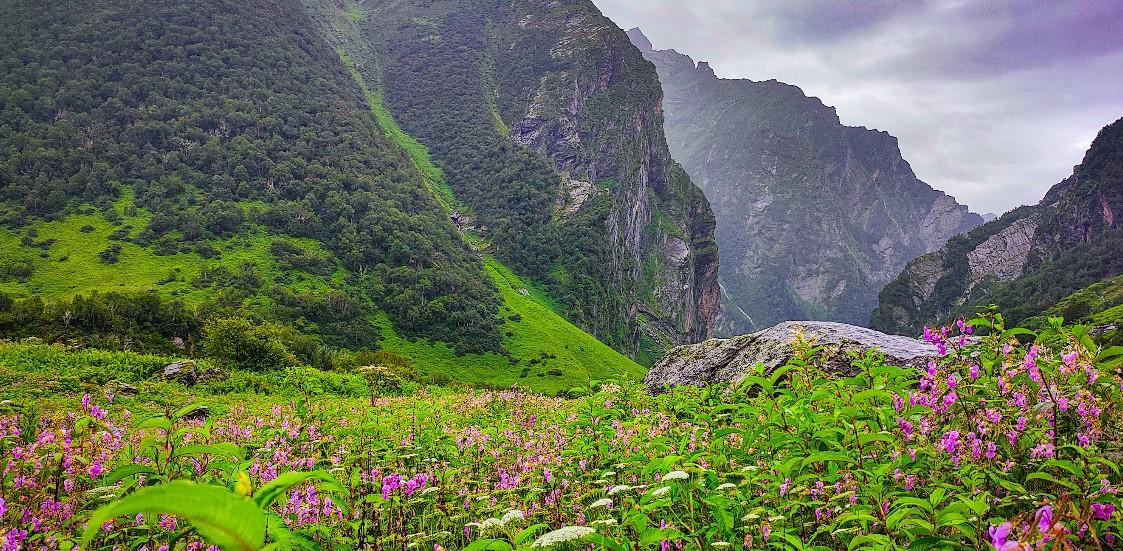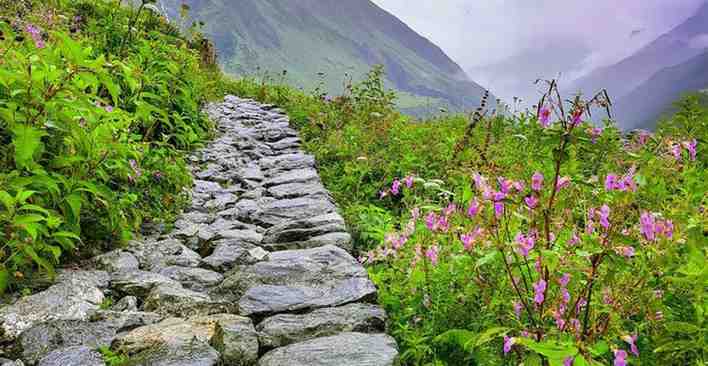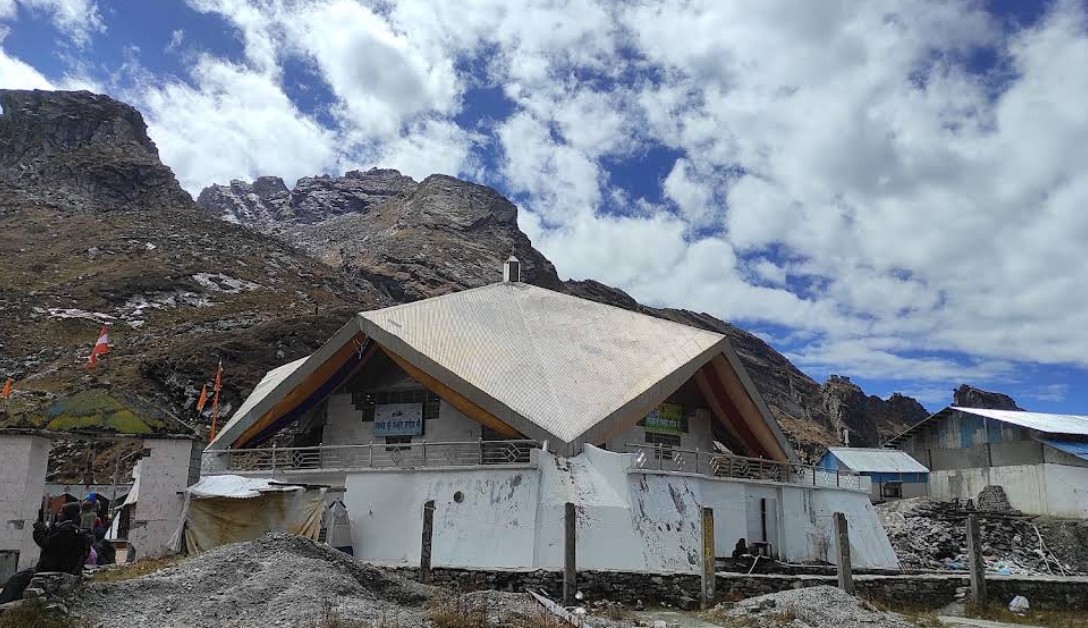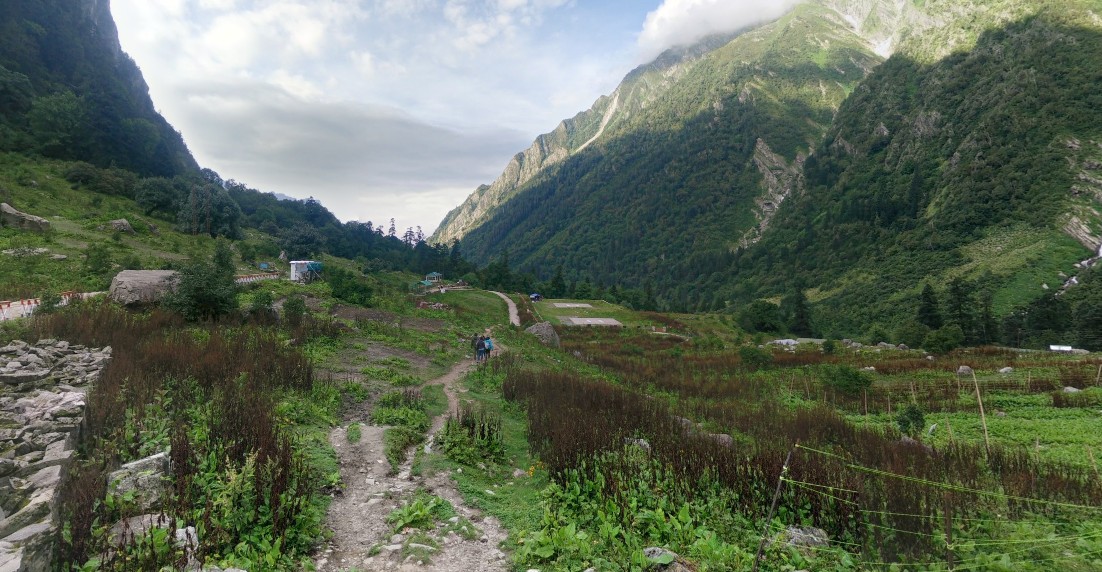Notifications
Deepanshu Negi Invalid date 6 minutes, 21 seconds
20 views 0 Comments 0 Likes 0 Reviews

Nestled in the lofty Garhwal Himalayas of Uttarakhand, Valley of Flowers National Park is a UNESCO World Heritage Site renowned for its breathtaking meadows of endemic alpine flowers and rich biodiversity. A haven for nature lovers, trekkers, and botanists alike, this enchanting valley transforms into a vibrant carpet of colors every monsoon, making it one of the most unique natural wonders in India.

Located at an altitude ranging from 3,200 meters to 6,675 meters above sea level, the Valley of Flowers stretches over 87.5 square kilometers. It forms part of the Nanda Devi Biosphere Reserve, and is flanked by snow-clad peaks, gurgling streams, and lush alpine forests.
Known for its vast variety of wildflowers, the valley comes alive with more than 600 species of flora during the monsoon months. Rhododendrons, blue poppies, orchids, primulas, marigolds, and daisies blanket the entire valley in a painter’s palette of color.
From blooming meadows to rare wildlife, Himalayan Dream Treks helps you experience every breathtaking detail with knowledgeable local guides
Although locals were aware of the valley for centuries, it was introduced to the world in 1931 by British mountaineer Frank Smythe, who named it the “Valley of Flowers” after discovering its blooming beauty. It became a national park in 1982, and was later declared a UNESCO World Heritage Site in 2005 for its unique biodiversity and fragile ecosystem.
Over 600 species of flowering plants bloom in this valley, including:
Blue Poppy
Brahma Kamal
Primulas
Anemones
Orchids
Rhododendrons
Each month of the blooming season brings a new floral palette, making repeat visits uniquely rewarding.
The valley also supports rare and endangered species like:
Snow Leopard
Himalayan Tahr
Musk Deer
Asiatic Black Bear
Monal Pheasant
The best time to visit Valley of Flowers is mid-July to early September. This is when the monsoon rains feed the blooming cycle and transform the valley into a kaleidoscope of colors.
Flowers are at peak bloom
The landscape turns lush and photogenic
The trek becomes more vibrant but also more slippery—bring proper gear!

Just a 6 km steep trek from Ghangaria, Hemkund Sahib is one of the most revered Sikh shrines in India, visited by thousands of pilgrims each year.
Altitude: 4,329 meters (14,200 feet)
Dedicated to: Guru Gobind Singh Ji, the 10th Sikh Guru
Hemkund means “Lake of Snow”, and the shrine sits beside a glacier-fed lake, surrounded by seven peaks.
The temple remains open from June to early October, with June and September offering clearer weather.
Pilgrimage: Considered extremely sacred; many Sikhs complete the journey as an act of devotion.
Natural Beauty: Crystal-clear lake, alpine terrain, and frequent rainbow sightings.
Brahma Kamal blooms en route considered sacred and rare.
Many travelers combine the Valley of Flowers and Hemkund Sahib treks as part of a single itinerary, since Ghangaria serves as the base for both.
By Air:
Nearest Airport: Jolly Grant Airport, Dehradun (295 km from Govindghat)
By Rail:
Nearest Railway Station: Rishikesh (273 km from Govindghat)
By Road:
Take a bus or taxi to Govindghat, via Joshimath
Trekking Routes:
Govindghat to Ghangaria: 13 km moderate trek or pony/helicopter (weather permitting)
Ghangaria to Valley of Flowers: 4 km easy trail
Ghangaria to Hemkund Sahib: 6 km steep climb (challenging but rewarding)

Ghangaria has basic guesthouses, lodges, and camps.
No overnight stays are allowed in Valley of Flowers or Hemkund Sahib.
Booking ahead is advisable during peak monsoon and pilgrimage season.
Carry rain gear, trekking shoes, and walking sticks.
Avoid plastics help preserve this eco-sensitive area.
Spend a day in Ghangaria to acclimatize.
Be respectful of religious customs if visiting Hemkund Sahib.
Take it slow altitude sickness is common at Hemkund’s height.
Breathtaking sunrises over both the valley and the shrine.
Capture rare flowers like Brahma Kamal and Blue Poppy.
Combine nature, adventure, and spirituality in a single trek.
A journey to Valley of Flowers National Park and Hemkund Sahib is more than a trek—it's a soul-stirring experience where nature, devotion, and adventure meet in perfect harmony. From vibrant meadows bursting with blooms to the peaceful silence of a sacred glacial lake, this region offers something for every traveler.
Whether you're a trekker, pilgrim, or simply a seeker of beauty, make sure to add this Himalayan gem to your bucket list.

